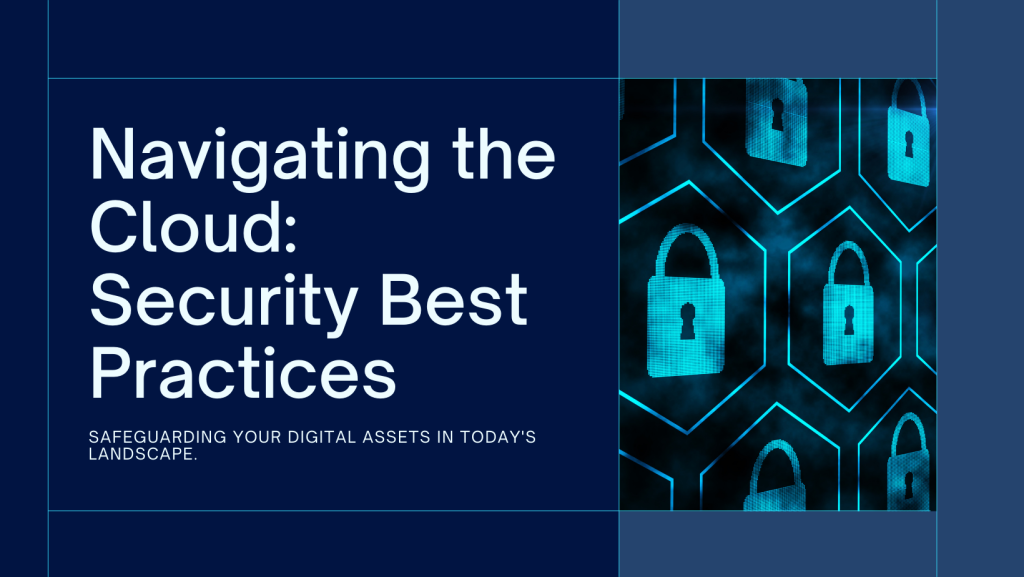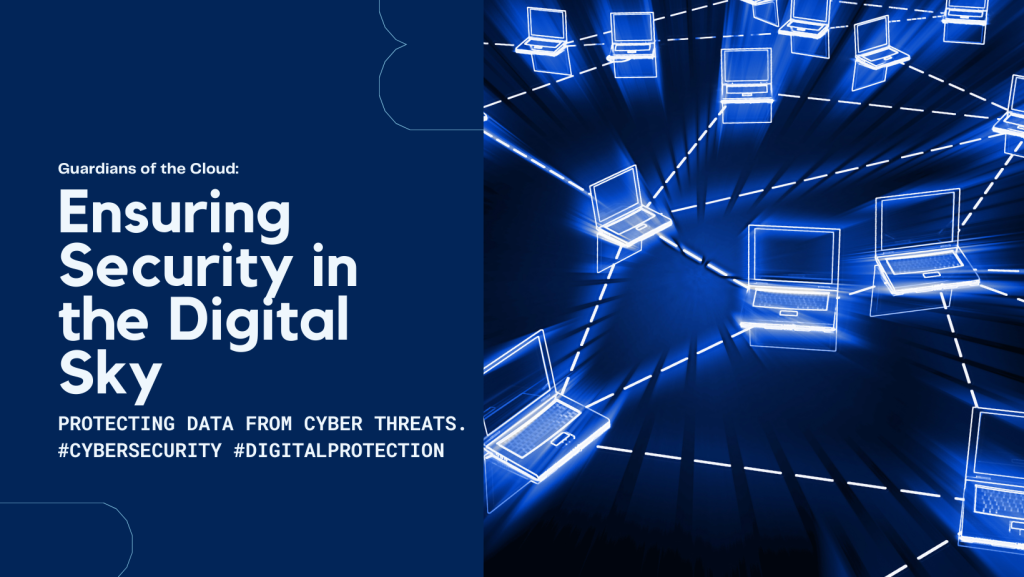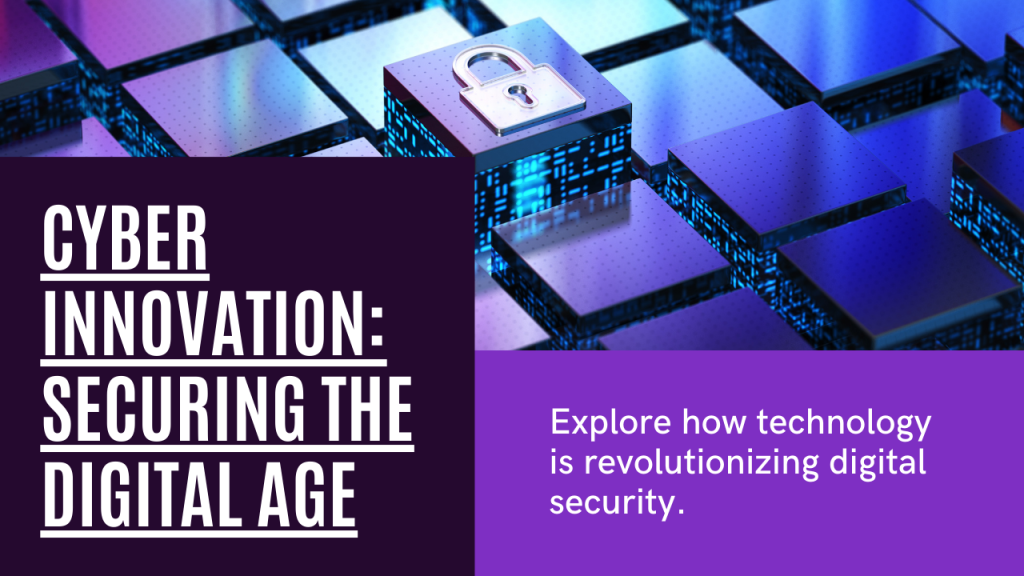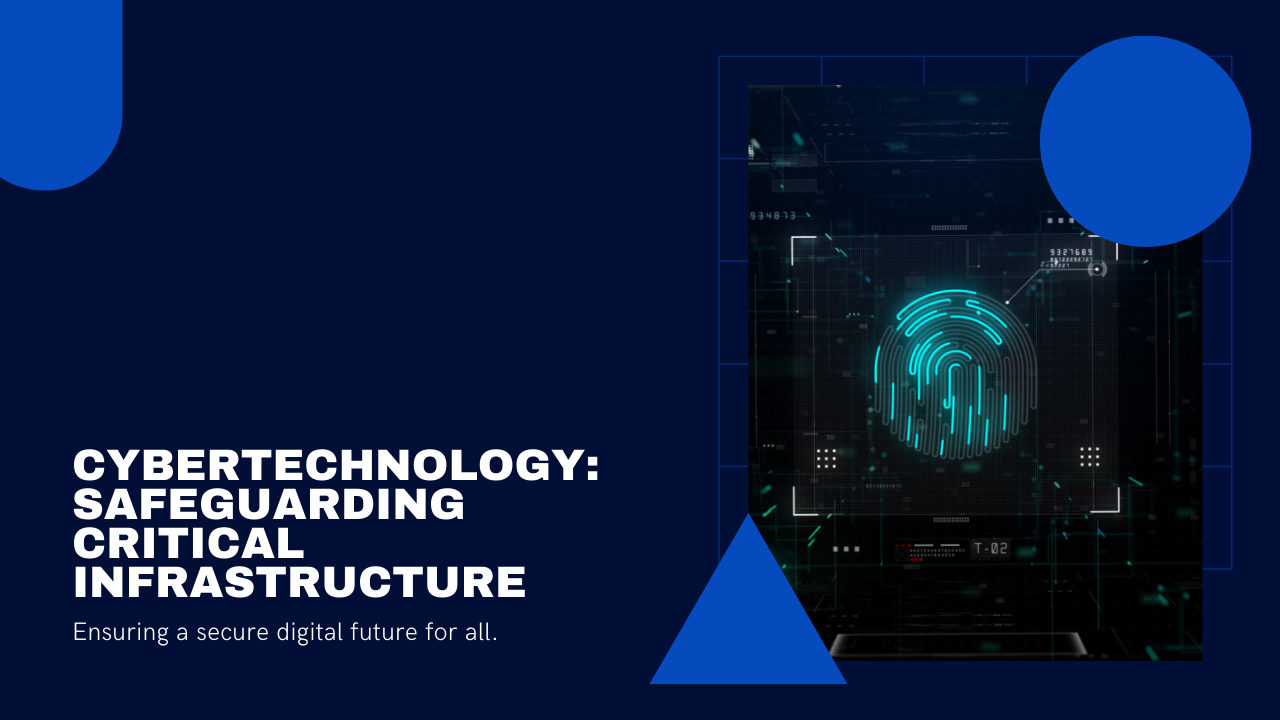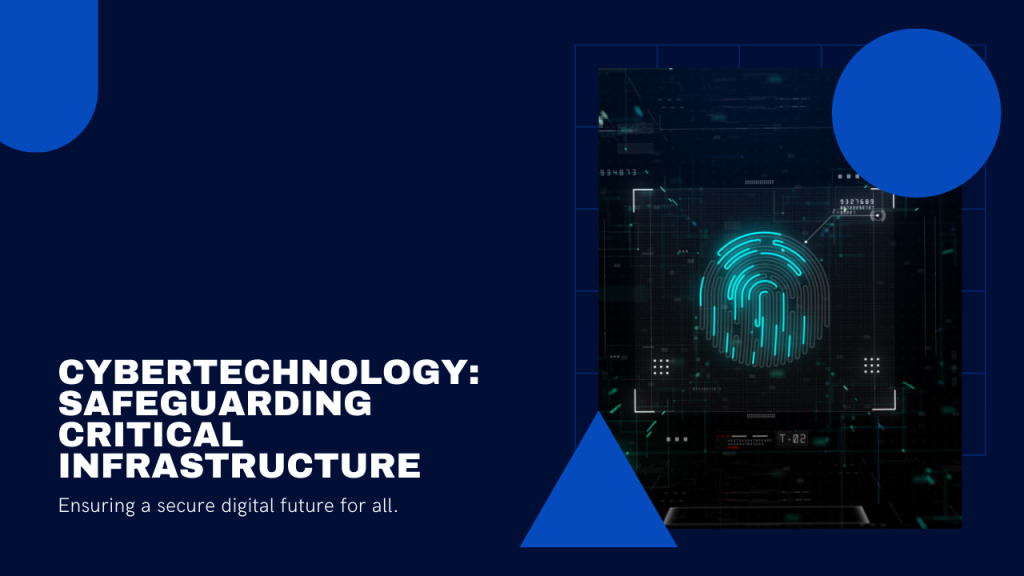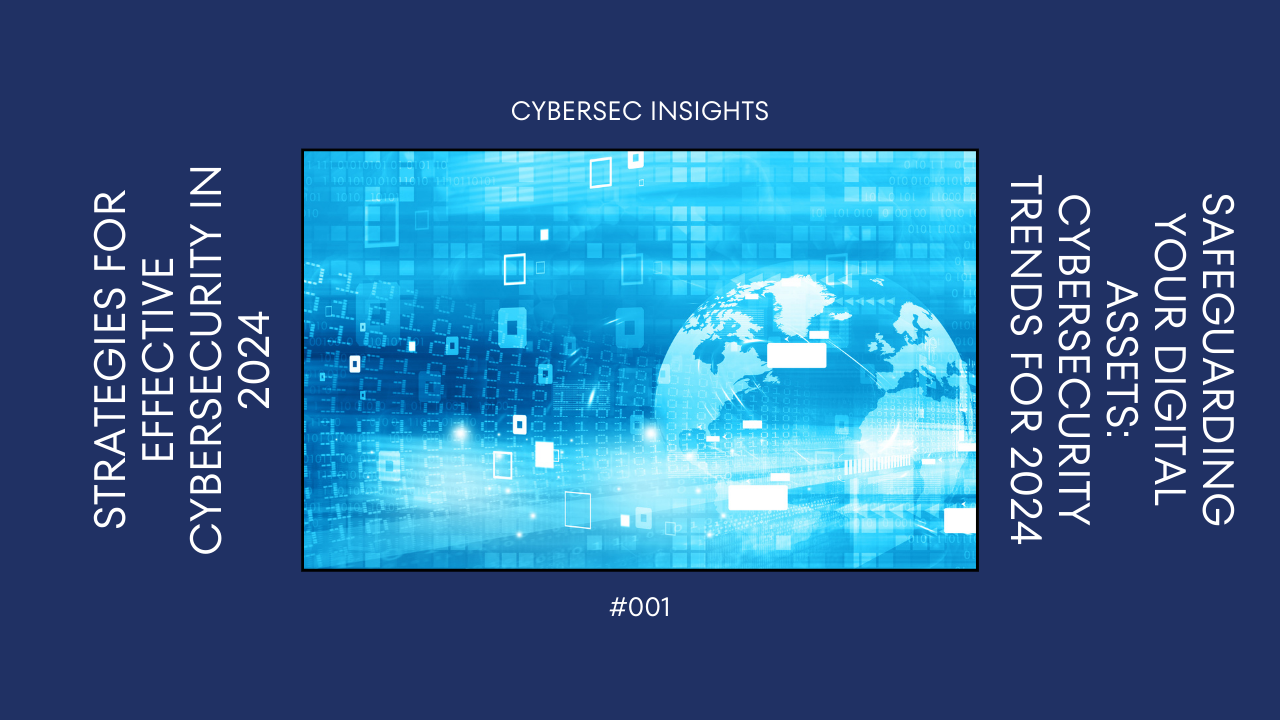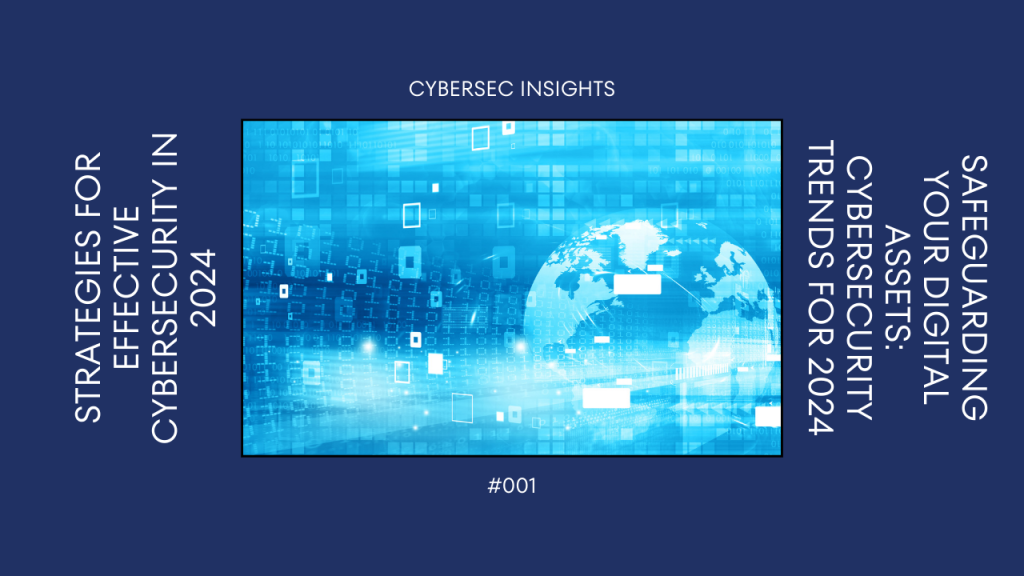As businesses increasingly migrate their operations to the cloud, ensuring the security of cloud environments has become a top priority. From protecting sensitive data to defending against cyber threats, organizations must adopt best practices to safeguard their assets in the digital era. Let’s explore key strategies and considerations for navigating the cloud securely.
- Comprehensive Risk Assessment: Understanding the Threat Landscape
Before migrating to the cloud, organizations must conduct a comprehensive risk assessment to identify potential security risks and vulnerabilities. This involves evaluating the sensitivity of data being stored in the cloud, assessing the security controls and measures implemented by cloud service providers, and understanding the regulatory compliance requirements relevant to their industry. By gaining a clear understanding of the threat landscape, organizations can develop a tailored cloud security strategy that addresses their specific needs and concerns.
- Secure Configuration and Compliance: Building a Strong Foundation
Building a strong foundation for cloud security begins with secure configuration and compliance. Organizations should implement security best practices recommended by cloud service providers, such as enabling encryption for data storage, configuring access controls and identity management systems, and regularly patching and updating software to address known vulnerabilities. Additionally, organizations must ensure compliance with industry regulations and standards, such as GDPR, HIPAA, and PCI DSS, to protect sensitive data and mitigate legal and financial risks.
- Continuous Monitoring and Incident Response: Staying Vigilant in the Digital Sky
Security in the cloud is not a one-time endeavor but a continuous process that requires ongoing monitoring and incident response. Organizations should implement robust monitoring tools and technologies to detect and respond to security threats in real time, such as intrusion detection systems, security information and event management (SIEM) platforms, and threat intelligence feeds. Additionally, organizations must develop and test incident response plans to ensure they can effectively respond to security incidents and minimize the impact on their operations and reputation.
- Employee Education and Training: Building a Security-Aware Culture
Human error remains one of the leading causes of security breaches in the cloud. To mitigate this risk, organizations must invest in employee education and training programs to raise awareness about the importance of cloud security and teach employees how to recognize and respond to security threats. This includes providing regular cybersecurity awareness training, conducting phishing simulations and other security exercises, and promoting a culture of security throughout the organization.
In conclusion, ensuring security in the cloud requires a proactive and multi-faceted approach that encompasses risk assessment, secure configuration and compliance, continuous monitoring and incident response, and employee education and training. By adopting best practices and staying vigilant in the digital sky, organizations can navigate the cloud securely and protect their valuable assets from cyber threats in the digital era.
